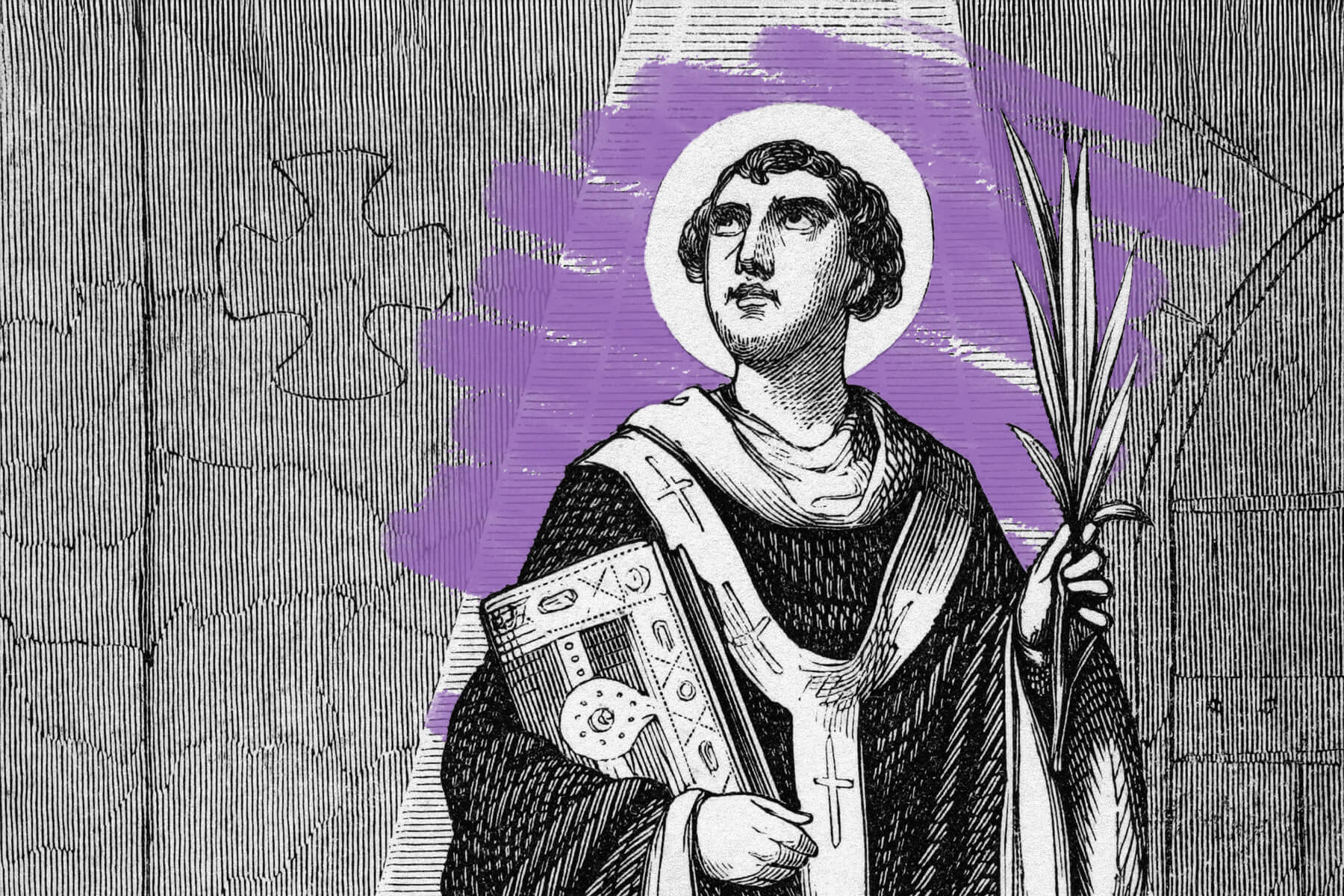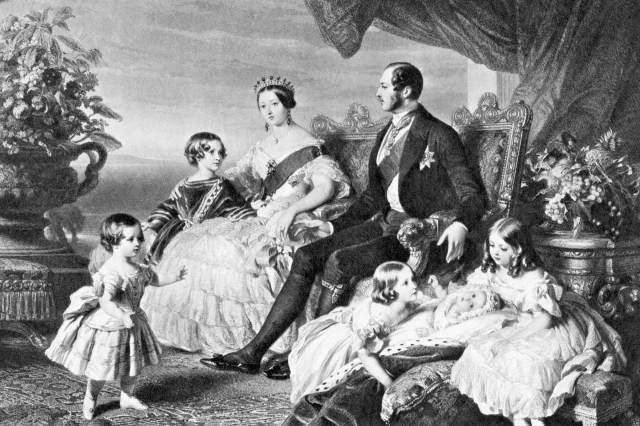St. Valentine wasn’t just one person.
Today, Valentine’s Day is perhaps the most secular holiday named for a Catholic saint. What started as a commemoration of a third-century religious martyr is now a commercialized tradition of romance and candy. But even digging back into the holiday’s past, it’s unclear exactly which St. Valentine was the cause for celebration in the first place. There were up to three saints named Valentine who were active in the third century CE: Religious scholars have found documentation of a man in Africa, a Roman priest, and the bishop of Terni in Umbria, Italy.
There’s very limited information on the African St. Valentine, and the other two have enough parallels in their mythology that they might actually have been the same person — either that, or their legends borrow heavily from one another. Both were beheaded in Rome on February 14 in either 269 CE or 270 CE on the orders of Emperor Claudius II Gothicus, and were buried on the same road. And both supposedly healed a child of their jailer from blindness, inspiring an entire household to convert to Christianity.
The Italian St. Valentines also were rumored to perform secret weddings, although that element of the tale was probably added later, since the day wasn’t originally associated with romance. While St. Valentine is still recognized by the Catholic Church, his feast day was removed from the General Roman Calendar, the liturgical calendar of the Catholic Church, in 1969. According to that calendar, February 14 currently commemorates St. Cyril and St. Methodius, Byzantine brothers known for preaching in Central Europe in the ninth century CE.















